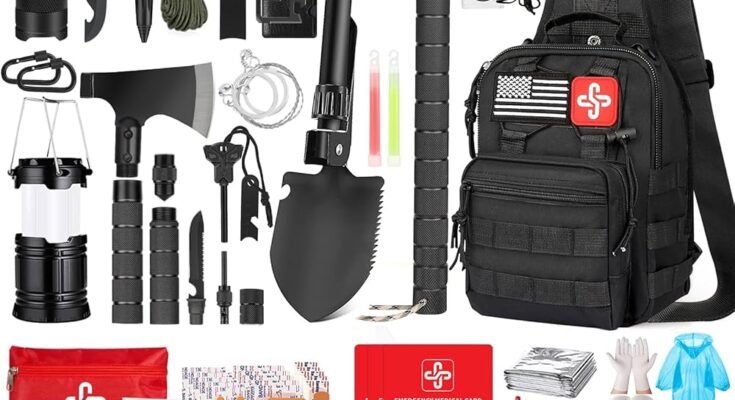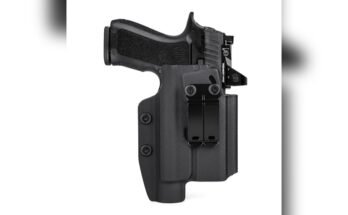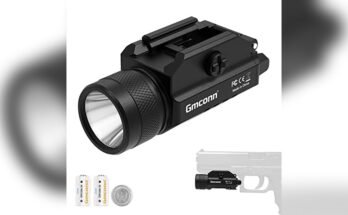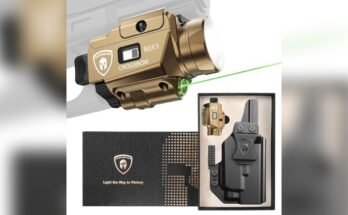I’ve spent years testing carry gear with students, on the range, and in everyday life. Here’s the clear truth about what is the best holster for women: the best holster is the one that fits your body, your gun, and your wardrobe, while staying safe and comfortable all day. In this guide, I break down simple choices that work for most women, share what actually holds up, and help you avoid costly mistakes. Let’s find your fit without fuss.
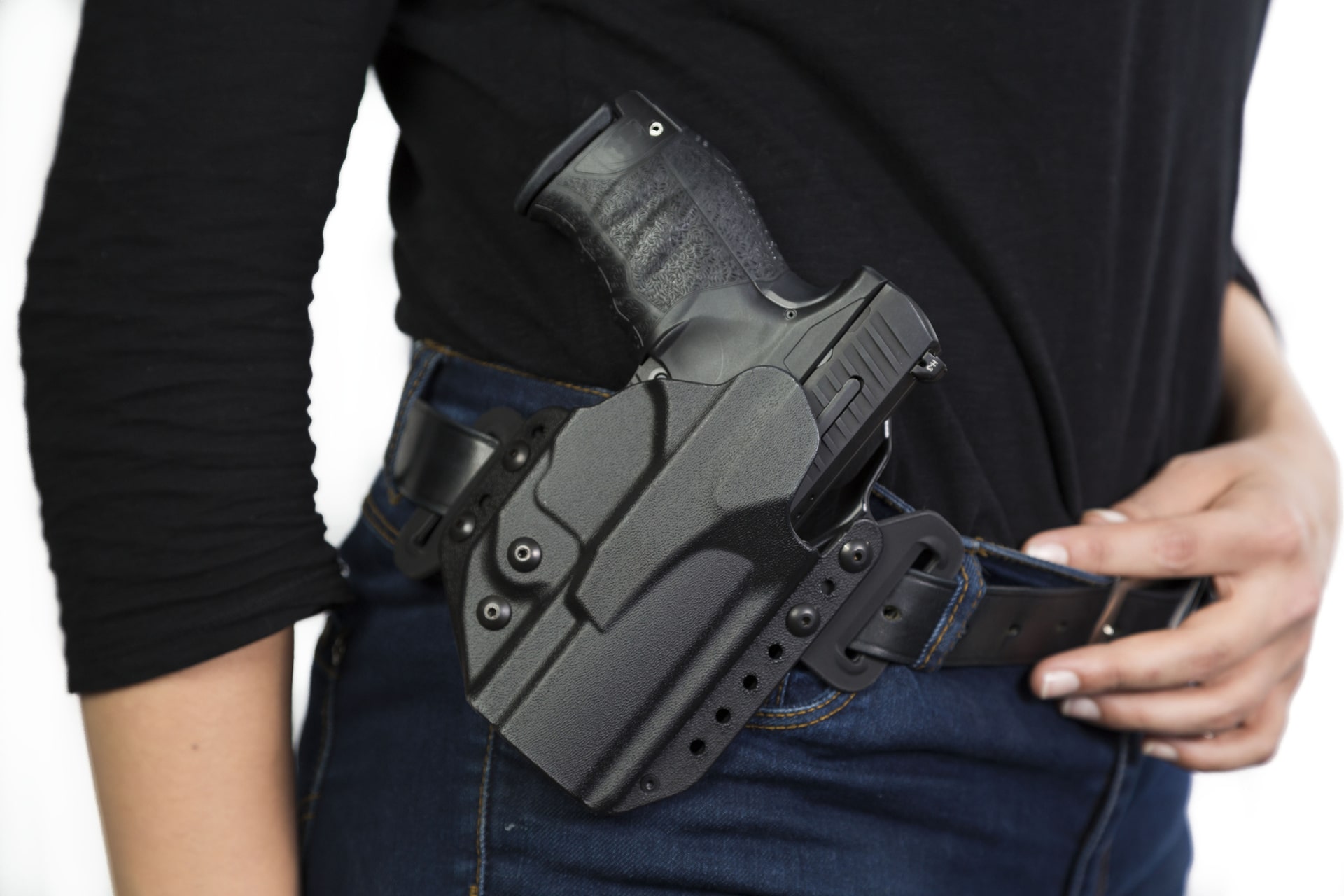
Quick Answer: What Is The Best Holster For Women?
If you want one top pick that works for many women, choose a high-quality Kydex IWB appendix holster with a claw and a foam wedge, paired with a sturdy belt. It hides well under everyday clothes, manages curves, and keeps the gun safe and secure.
For leggings or dress days, add a dedicated chassis or a well-made belly band with a rigid trigger guard insert. For events and formal wear, a refined thigh holster or a minimalist enigma-style rig can save the day.
Your best holster balances four things:
- Safety. Full trigger coverage and reliable retention.
- Comfort. A wedge, proper ride height, and smooth edges.
- Concealment. A claw to pull the grip in and the right cant.
- Consistency. Same position, same draw, every day.
These factors matter more than brand hype.
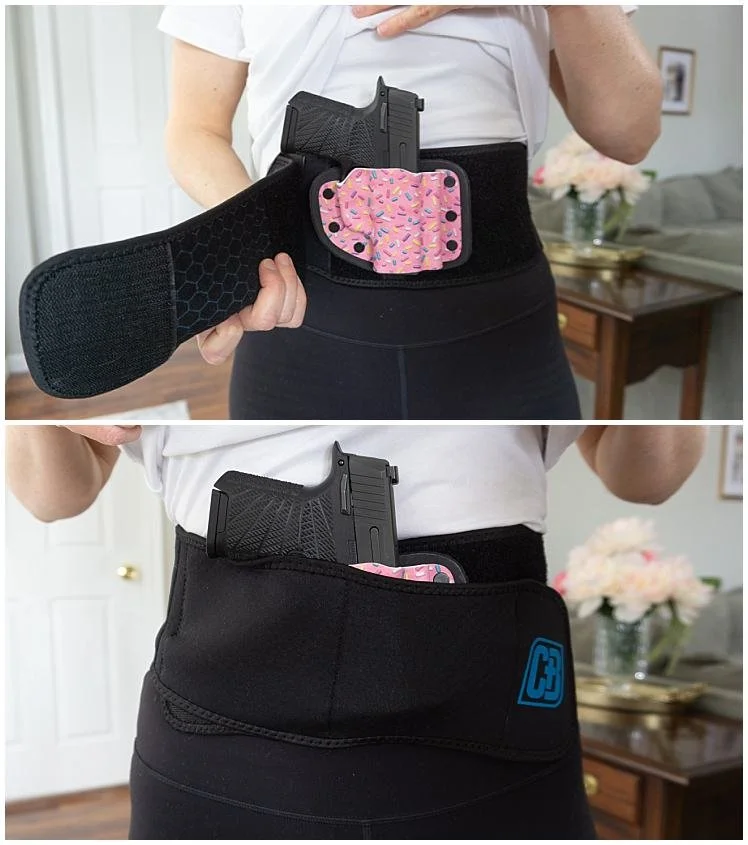
How Women’s Bodies Change Holster Fit
Women often have a higher waist, more hip curve, and shorter torsos. That changes how a holster sits and prints. High-rise jeans push the gun higher. Leggings add stretch and roll.
Curves can lever the grip outward. A claw and a wedge counter that torque and tuck the grip in. Bust size and torso length change draw stroke paths. That is why ride height, cant, and holster angle matter so much for women compared to a one-size-fits-all setup.

Holster Types Compared
IWB Appendix (AIWB)
Best for fast access and deep concealment under tees and sweaters. Add a claw and wedge for comfort and print control. Works well with high-rise pants and a real gun belt.
IWB Strong-Side
Good for comfort when sitting long hours. Conceals well with looser tops or jackets. Draw can be a bit slower for some body types.
OWB (Outside-the-Waistband)
Great comfort and easy draws. Needs a jacket or cardigan to conceal. Ideal for range work and cooler weather.
Belly Band With Rigid Insert
Works with leggings and no-belt outfits. Look for full trigger protection and firm retention. Ventilated elastic improves comfort during workouts.
Enigma-Style Chassis
Holster system that anchors to your body, not your pants. Excellent for dresses, skirts, and gym wear. Steeper learning curve, but very effective.
Bra Holster
Niche option. Can work with small, lightweight pistols and the right top. Requires training for a safe draw path.
Thigh Holster
Useful for formal dresses with slits or fuller skirts. Stable models with silicone grippers and rigid shells work best.
Ankle Holster
Backup gun role. Best with boot-cut pants. Slower access, but comfortable for sitting.
Purse Carry (Last Resort)
Only if you use a dedicated concealed carry purse with a separate gun pocket and a holster insert. Commit to purse control and never set it down.
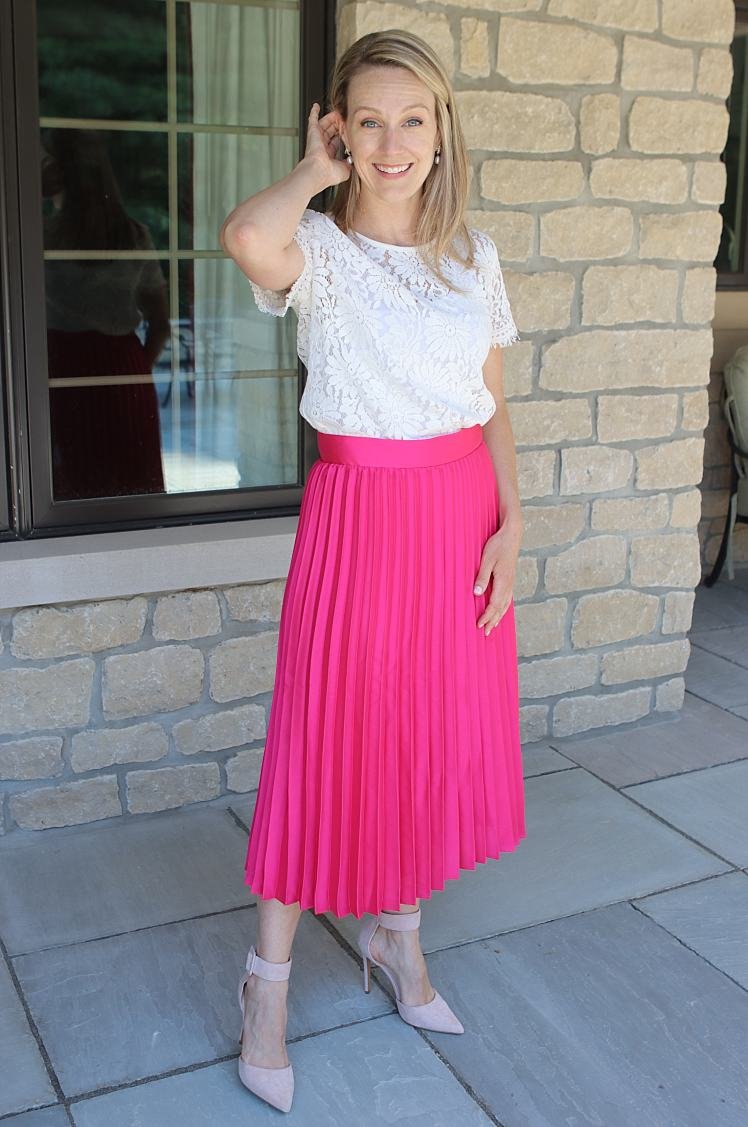
Key Features That Matter
– Full trigger coverage. The trigger must be completely protected, no exceptions.
– Retention you can feel. You should hear or feel a click with Kydex. Test upside-down over a bed.
– Ride height. Set so you can get a full firing grip on the draw.
– Cant and angle. Adjust to your body. A slight inward tuck reduces printing.
– Claw. Pushes on your belt to pull the grip into your body.
– Wedge. Foam at the muzzle end tilts the gun in and reduces hot spots.
– Belt. A stiff gun belt stops sag and stabilizes the draw.
– Material. Kydex for structure. Hybrid pads can add comfort. Avoid soft holsters without reinforcements.
– Sweat guard. Helps comfort and protects the slide from sweat.
– Smooth edges. Rounded edges reduce rub and marks on skin.
Fit And Comfort: Step-By-Step Setup
– Start with position. Try 12:30 to 2 o’clock for appendix, 3:30 to 4 o’clock for strong-side.
– Set ride height. Lift the holster until you can grab the full grip cleanly.
– Add a wedge. Start small. Place it where the muzzle meets your body to tip the grip in.
– Tune the claw. Increase pressure until printing drops, but comfort stays.
– Check movement. Sit, stand, drive, reach. Adjust cant a few degrees as needed.
– Train the draw. Practice slow, safe reps with an unloaded firearm before live fire.
– Lock in clothing. Use a sturdy belt or a chassis that anchors independent of pants.
Wardrobe And Lifestyle Matchups
– High-rise jeans and tees. AIWB Kydex with claw and wedge. Easy, reliable, discreet.
– Leggings and athleisure. Enigma-style chassis or belly band with rigid insert.
– Office wear and blouses. Slim AIWB or strong-side IWB with a light cardigan.
– Dresses and skirts. Enigma-style chassis or thigh holster with rigid shell.
– Travel and long drives. Strong-side IWB or OWB with a cover layer for seated comfort.
Real-World Lessons From The Range And Daily Carry
I once tried to “make do” with a soft holster in leggings. It shifted, and my draw was inconsistent. Switching to an enigma-style rig fixed it in one day. The gun stayed put, and my times improved.
Students with short torsos often prefer a lower ride plus a thicker wedge. That reduces pinching when seated. One student added a thin foam yoga block wedge. Her printing vanished under a thin tee.
On hot days, Kydex with a breathable undershirt beats leather against skin. Sweat guards help. Small changes like a one-click looser belt hole can make a big difference after lunch.
Common Mistakes To Avoid
– Buying the holster before choosing the carry position.
– Ignoring the belt. A weak belt ruins even the best holster.
– Skipping trigger coverage. Soft, floppy holsters are risky.
– Setting ride height too low. You must get a full firing grip.
– Changing positions daily. Consistency builds safe habits.
– Purse carry without a dedicated holster. Loose guns in bags are dangerous.
Budget And Brands: What To Expect
– Entry level. Basic Kydex IWB with a single clip and fixed retention. Works if it fits your gun model and has full trigger coverage.
– Mid tier. Adjustable retention, claw, and wedge options. Better clips and smoother edges.
– Premium. Enigma-style chassis, custom wedges, and belt-grade hardware. Greater comfort for long days and tricky outfits.
– Accessories. Foam wedges, belt claws, and high-strength clips are worth it. They often fix printing at a low cost.
Spend where it matters: secure retention, a claw, a wedge, and a belt or chassis that locks everything in place.
Frequently Asked Questions Of What Is The Best Holster For Women?
What Concealed Carry Position Works Best For Most Women?
Many women find appendix carry works best. It hides the grip and allows a fast, repeatable draw. Add a claw and wedge to reduce printing.
Can I Carry Safely In Leggings?
Yes, with the right system. Use an enigma-style chassis or a belly band with a rigid trigger guard insert. Avoid soft fabric holsters without structure.
How Do I Stop My Holster From Printing?
Use a claw to pull the grip in, add a foam wedge, and tune ride height and cant. Choose tops with light texture to break up lines.
Is Purse Carry A Good Idea?
It is a last resort. If you choose it, use a dedicated purse with a separate holster pocket and keep the strap on your body at all times.
What Size Gun Is Easiest To Conceal?
Compact and subcompact guns conceal well, but grip length matters most. A shorter grip prints less. Balance size with shootability.
Do I Need A Gun Belt If My Holster Has A Strong Clip?
A real gun belt still helps a lot. It stabilizes the holster, improves retention, and makes the draw smoother.
How Do I Test Holster Retention At Home?
Unload the firearm, verify twice, and holster it. Over a soft bed, turn the holster upside-down. The gun should stay put unless you defeat the retention.
Conclusion
The best holster for women blends safety, comfort, and concealment with your daily clothes. For most, a Kydex AIWB holster with a claw and wedge is the most versatile pick. For leggings and dresses, a body-anchored chassis or a structured belly band wins. Test, tune, and train until your setup disappears and your draw feels natural.
Pick one setup this week, add a wedge, and practice safe dry draws for five minutes a day. You’ll feel the difference fast. Want more guides like this? Subscribe, ask a question, or share your experience in the comments.
